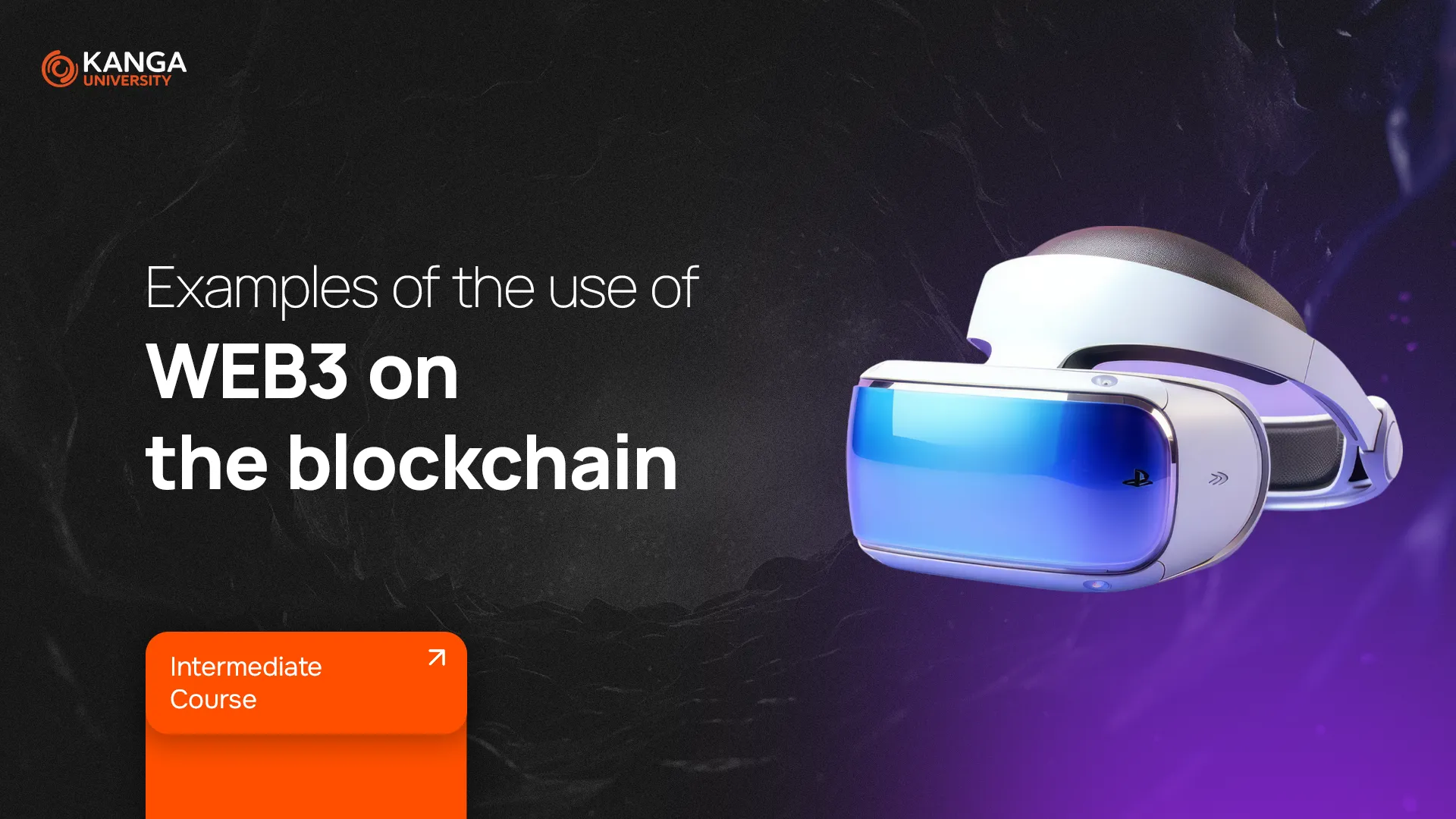
Thanks to our previous lessons, you already know what defines the new generation of the Internet, known as Web3. This advanced combination of blockchain technology with an open network has given rise to numerous projects worth exploring. Some of them are transforming the way we interact with digital assets, privacy, and decentralized applications.
What is Web3?
We won’t go over the definition of Web3 again in detail, but let’s recap: Web3 is the next evolution of the Internet, developed by independent developers, non-profit organizations, and companies. Its core principle is decentralization, giving users full control over their data. Unlike previous Internet versions, Web3 integrates various technologies, including NFTs, DeFi, blockchain, and cryptocurrencies.
Blockchain plays a crucial role in decentralizing Web3 projects. Thanks to this technology, platforms become independent, censorship-resistant, and community-driven, eliminating centralized control over user data. Instead of relying on corporations to manage their information, users actively participate in shaping and securing the network.
Projects linked to Web3 cover a wide range of applications, from financial protocols to gaming platforms, social networks, and interoperability solutions. Below, we explore some of the most significant Web3 projects currently operating on the blockchain.
Key Web3 Projects on Blockchain
Axie Infinity
- Axie Infinity was one of the most popular Play-to-Earn (P2E) games in 2021.
- In 2022, it suffered a major security breach on Ronin Bridge, leading to a decline in user activity.
- The game is still active, but it faces challenges in retaining its player base and introducing innovative features.
Polkadot
- Polkadot remains a leading Web3 project focused on blockchain interoperability through its unique parachain architecture.
- In 2024, it continues to play a vital role in the cross-chain ecosystem, allowing seamless communication between different blockchains.
Polygon
- Polygon, often called the “Internet of Ethereum Blockchains,” is enhancing Ethereum’s scalability through Layer 2 solutions like rollups.
- The platform attracts developers by reducing transaction costs and improving network performance.
The Sandbox
- The Sandbox is a blockchain-based metaverse where users can create, trade, and monetize virtual assets as NFTs.
- In 2024, it remains a key player in the Metaverse sector, competing with other decentralized virtual worlds.
Harmony
- Harmony introduced sharding to improve blockchain scalability while maintaining interoperability.
- However, in 2024, the project has faced financial difficulties and limited updates, impacting its position in the Web3 ecosystem.
Arbitrum
- Arbitrum is a leading Optimistic Rollup solution for Ethereum, providing fast and cost-effective transactions.
- The platform is developer-friendly and maintains compatibility with Ethereum’s existing infrastructure, making it a preferred choice for decentralized applications (dApps).
Ocean Protocol
- Ocean Protocol facilitates data exchange between companies and individuals using datatokens.
- The project continues to attract organizations seeking privacy-focused and decentralized data-sharing solutions.
Theta Network
- Theta Network focuses on decentralized video streaming, utilizing Proof-of-Stake consensus and rewarding users for sharing bandwidth.
- It has received backing from major tech companies and remains a leader in blockchain-based content streaming.
Basic Attention Token (BAT) & Brave Browser
- BAT and Brave Browser continue to evolve, introducing new privacy-focused features for users.
- In November 2024, Brave announced “BAT Roadmap 3.0”, which focuses on:
- On-chain growth
- Expanding blockchain integrations
- A new content creator program
Summary
The integration of blockchain technology into Web3 is giving users more financial autonomy, security, and control over their data. As seen in the projects mentioned above, Web3 removes the reliance on centralized payment systems while offering new earning opportunities.
Additionally, Web3 enables greater control over what data we share, reducing the risks associated with Web2’s centralized platforms and surveillance models. However, this is just the beginning—Web3 is still evolving, with new projects and innovations shaping the future of the Internet.
Commence your adventure with cryptocurrencies on Kanga Exchange